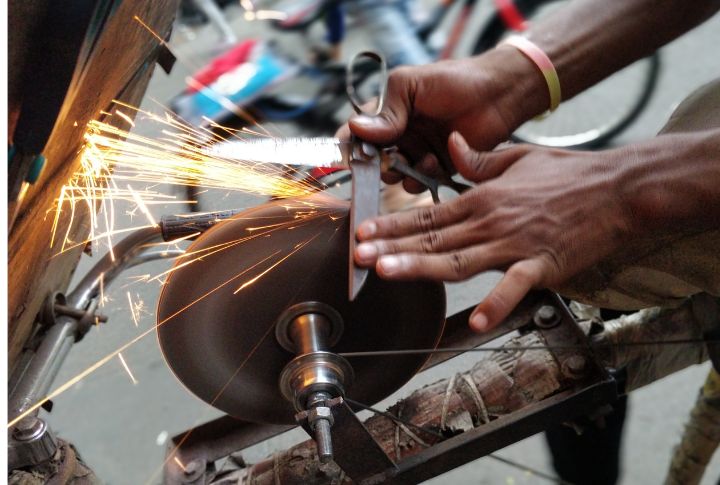
Scissors are indispensable tools in various aspects of life, from crafting and sewing to kitchen tasks and office work. With constant use, scissors can become dull over time, making precise cuts difficult. Nevertheless, sharpening your scissors is not a daunting task. This article will explore 15 expert ways to sharpen them for accurate cutting.
Professional Sharpening Services
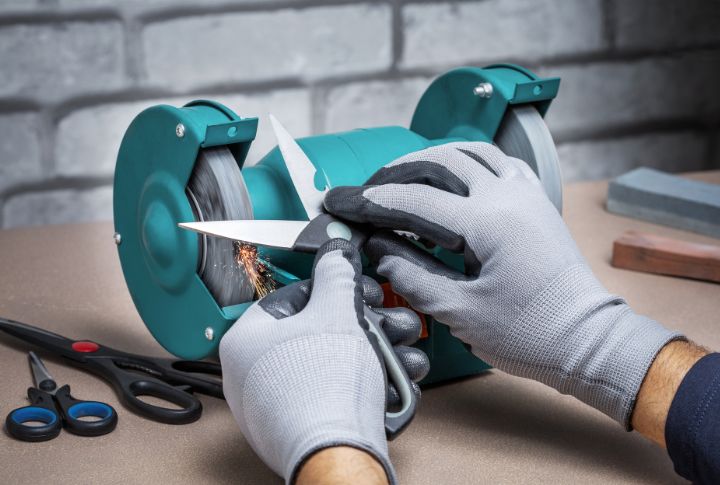
Consider professional sharpening services if you’re not confident in your sharpening skills or have high-quality scissors. Professionals have the expertise and specialized equipment to sharpen scissors to perfection. Many hardware stores, sewing shops, and office supply stores offer scissors sharpening services. It’s worth the investment to maintain the longevity of your scissors.
Sharpening Stones
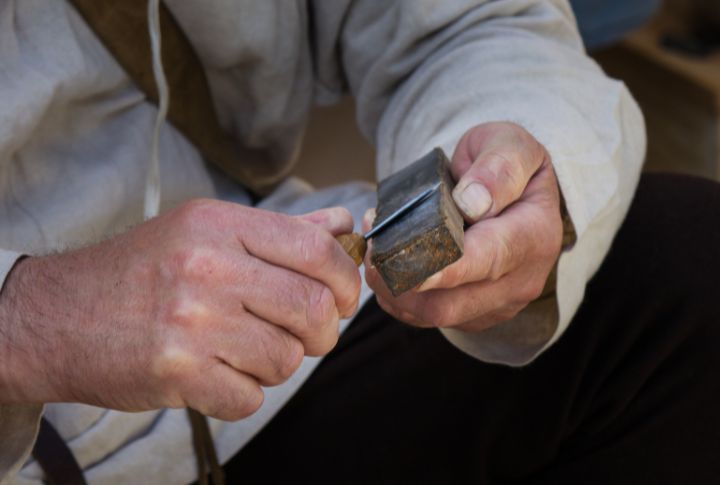
Sharpening stones, also known as whetstones, are versatile tools for sharpening various blades, including scissors. They come in different grits, from coarse to fine, allowing you to customize the sharpening process based on your scissors’ condition. To sharpen scissors with a stone, start with the coarse side to remove any nicks or dullness, then switch to the finer side for polishing and refining the edge.
Sharpening Rods
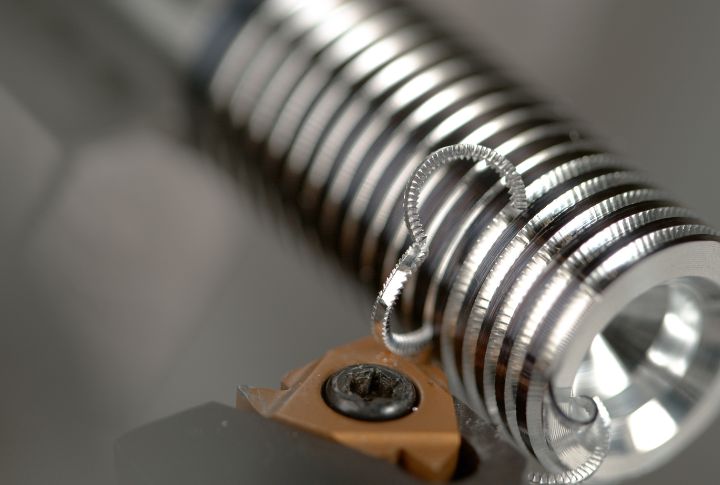
You can use sharpening rods or honing steel to sharpen scissors like sharpening knives. These tools are particularly effective for maintaining the sharpness of scissors with straight blades. Hold the scissors at a 20-degree angle against the rod and make several passes along each blade to realign and sharpen the edge.
Scissor Sharpening Machines
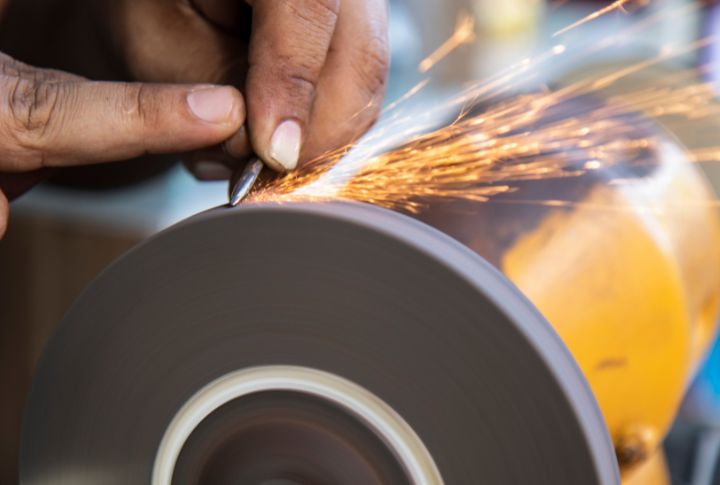
For frequent scissors users or professionals, investing in a scissors sharpening machine can be a game-changer. These machines are designed to sharpen scissors quickly and efficiently, with adjustable settings for different blade angles and sizes. While more expensive than manual sharpening methods, scissors sharpening machines offer convenience and precision, making them worth considering for serious users.
Sandpaper Method
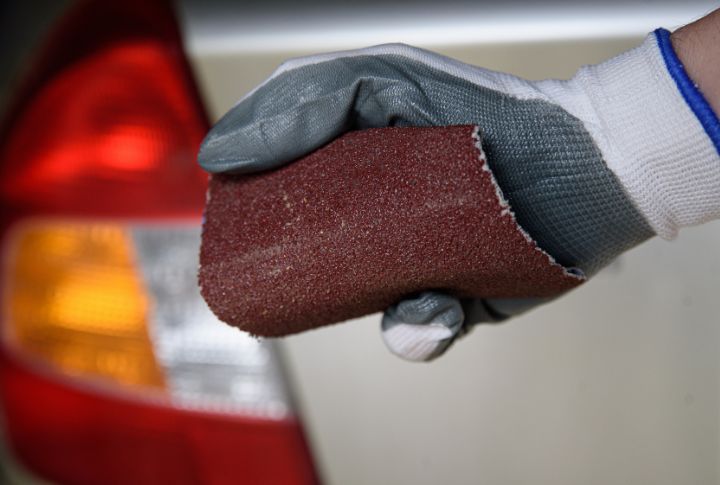
If you’re looking for a budget-friendly option, the sandpaper method can work wonders in sharpening scissors. Start with coarse-grit sandpaper and gradually move to finer grits for a polished edge. Fold the sandpaper and cut through it multiple times with the scissors, ensuring even pressure and consistent strokes along the entire length of the blades.
Aluminum Foil Method

Fold a piece of aluminum foil numerous times to create multiple layers, then cut through it with the scissors. Repeated cutting helps to realign and sharpen the blades, preparing them for precise cuts. This method is quick, easy, and ideal for minor sharpening needs.
Sharpening Stones with Oil
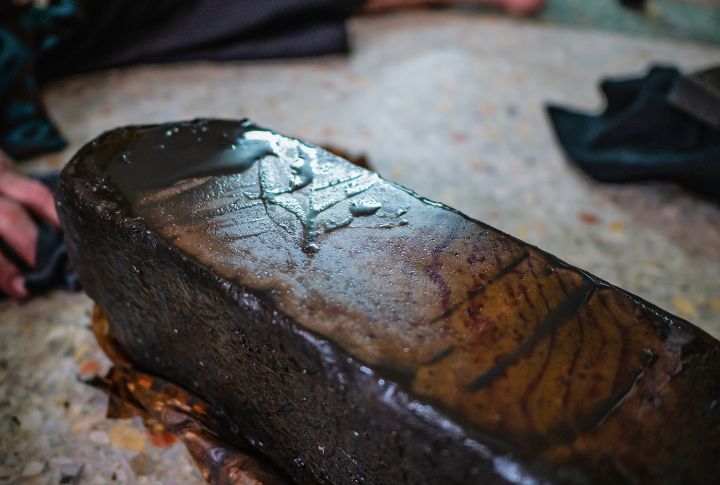
Adding a few drops of oil to your sharpening stone can enhance the sharpening process, especially for scissors with tough or rusty blades. The oil lubricates the stone, reducing friction and preventing overheating of the blades. Use mineral oil or specialized honing oil and apply it evenly to the stone’s surface before sharpening your scissors.
Diamond-coated Sharpening Tools
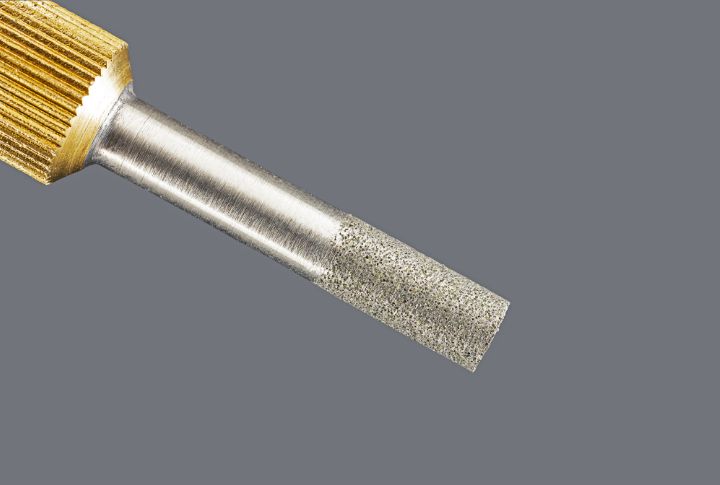
Diamond-coated sharpening tools, such as diamond sharpening stones or diamond files, offer exceptional durability and effectiveness in sharpening scissors. The abrasive diamond coating allows for precise sharpening without excessive material removal. These tools are handy for restoring severely dull or damaged scissors, providing a sharp edge with minimal effort.
Electric Scissor Sharpeners
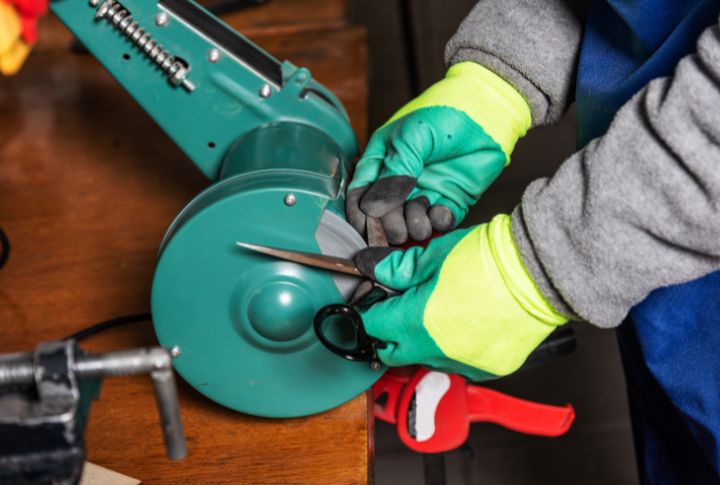
For those who prefer automated solutions, electric scissor sharpeners are a convenient option. These devices feature rotating sharpening discs or belts that quickly restore the sharpness of scissors with minimal manual effort. Electric sharpeners are user-friendly and suitable for various types of scissors, making them a popular choice for home users and professionals alike.
Sharpening Jigs
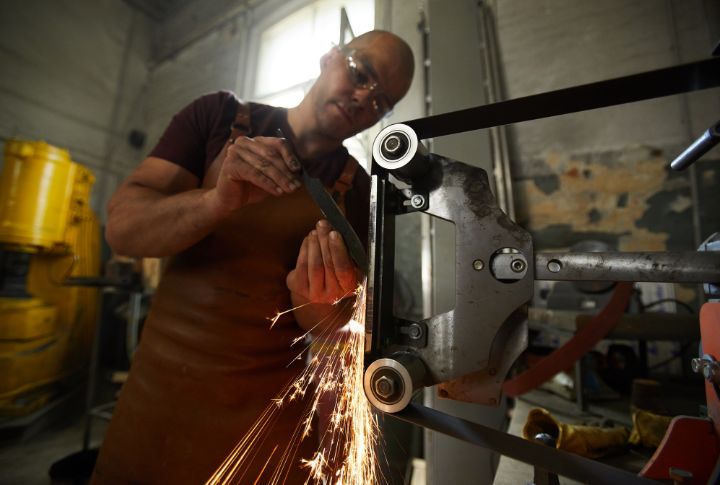
Consider using sharpening jigs or guides explicitly designed for scissors to ensure consistent and precise sharpening results. These tools hold the scissors at the optimal angle, eliminating guesswork and reducing the risk of over-sharpening. Sharpening jigs are particularly beneficial for novice users, providing a foolproof method for achieving razor-sharp edges on scissors of all sizes.
Ceramic Sharpening Stones

Ceramic sharpening stones offer several advantages for sharpening scissors, including their hardness, durability, and resistance to corrosion. They produce a refined, polished edge without needing oil or water lubrication. When using ceramic sharpening stones, apply light pressure and maintain a consistent angle to achieve optimal results. Regular maintenance with a ceramic stone can keep your scissors sharp and ready for use.
Scissor Sharpening Kits
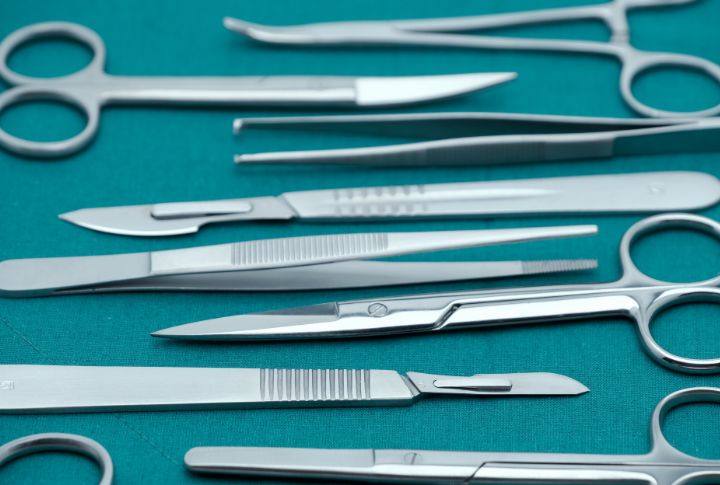
If you’re new to sharpening scissors or prefer a comprehensive solution, consider investing in a scissor sharpening kit. These kits typically include sharpening tools like stones, rods, guides, and detailed instructions for achieving professional results. Moreover, they are convenient and cost-effective.
Knife Sharpeners with Scissor Sharpening Slots
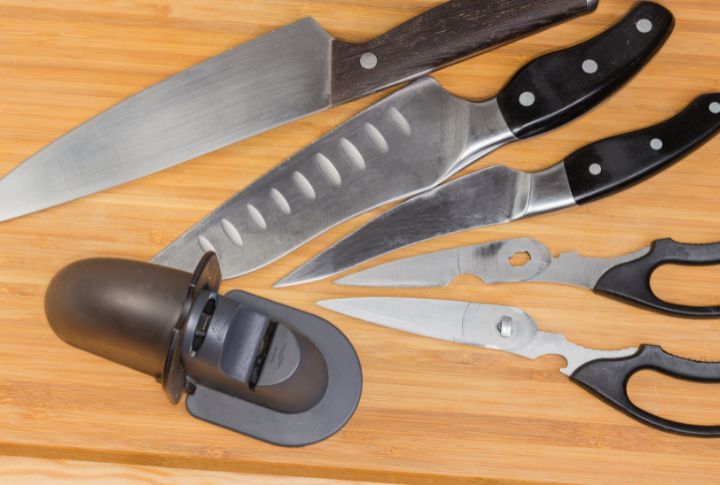
Some knife sharpeners feature dedicated slots or stages for sharpening scissors, making them versatile tools for kitchen and workshop use. These sharpeners typically utilize abrasive materials, such as carbide or ceramic, to quickly sharpen scissors to a razor-sharp edge. Follow the manufacturer’s instructions and apply gentle pressure to avoid damaging the blades when using a knife sharpener with scissor sharpening slots.
Manual Scissor Sharpeners

Manual scissor sharpeners are handheld devices specifically designed for sharpening scissors. They often feature sharpening slots or grooves that accommodate different blade sizes and angles, allowing for precise sharpening with minimal effort. These portable sharpeners are ideal for on-the-go sharpening needs, whether you’re working in the kitchen, garden, or craft room.
Regular Maintenance and Care

Prevention is vital to keeping your scissors sharp and functional for years. After each use, wipe the blades to remove debris or residue that could dull them. Store the scissors in a dry, protected place to prevent damage and corrosion.

Comments
Loading…